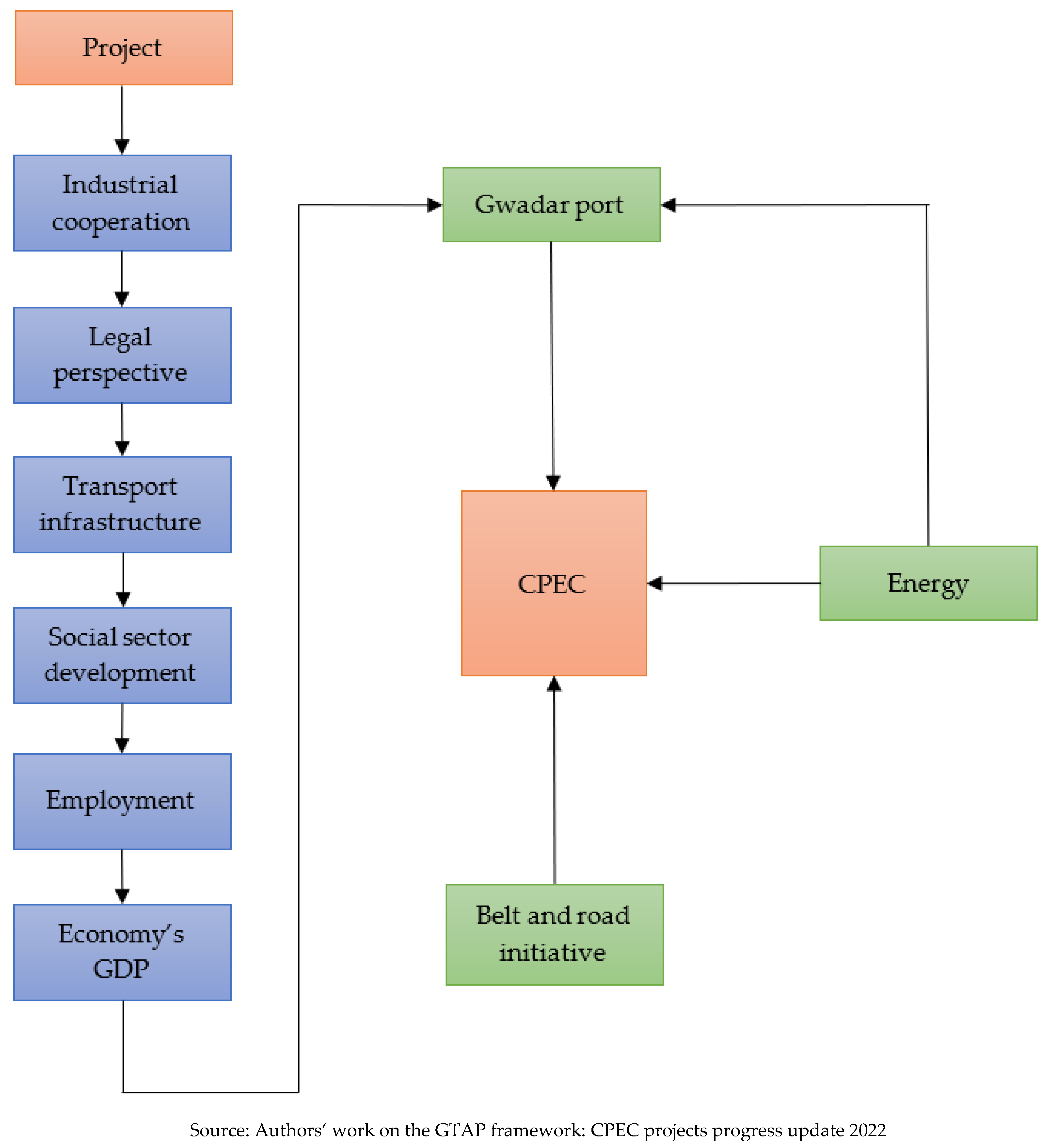Q.3 Discuss National Energy Policy of Pakistan in the context of CPEC signed in 2015. 2020

Pakistan’s National Energy Policy was introduced in 2013 with the aim of addressing the country’s energy crisis by increasing the supply of electricity and reducing the cost of energy. However, it was the China-Pakistan Economic Corridor (CPEC) signed in 2015 that brought significant changes to the country’s energy landscape.
Under the CPEC agreement, China pledged to invest around $62 billion in infrastructure projects in Pakistan, including several energy projects. These projects aim to increase Pakistan’s energy production capacity and help address the country’s power shortages.
The CPEC energy projects include the construction of several new power plants, including coal-fired, hydroelectric, and wind power projects. The most significant of these is the Sahiwal Coal Power Project, a 1,320 MW coal-fired power plant, which was completed in 2017 and is currently the largest power plant in Pakistan.
The CPEC energy projects also aim to improve the transmission and distribution infrastructure in Pakistan. This includes the construction of new transmission lines, the upgrading of existing ones, and the installation of smart grid technology.
The National Energy Policy of Pakistan has been revised several times since its introduction in 2013, with a focus on increasing the share of renewable energy sources in the country’s energy mix. However, the CPEC energy projects have mainly focused on traditional energy sources such as coal, gas, and hydroelectric power.
Critics of the CPEC energy projects argue that they will increase Pakistan’s dependence on fossil fuels and have negative environmental impacts. However, proponents argue that these projects are necessary to address the country’s immediate energy needs and will help facilitate the development of renewable energy in the long term.
In conclusion, the CPEC agreement has brought significant changes to Pakistan’s energy landscape, with a focus on increasing energy production capacity and improving infrastructure. While it has largely focused on traditional energy sources, the National Energy Policy of Pakistan has also aimed to increase the share of renewable energy sources in the country’s energy mix.